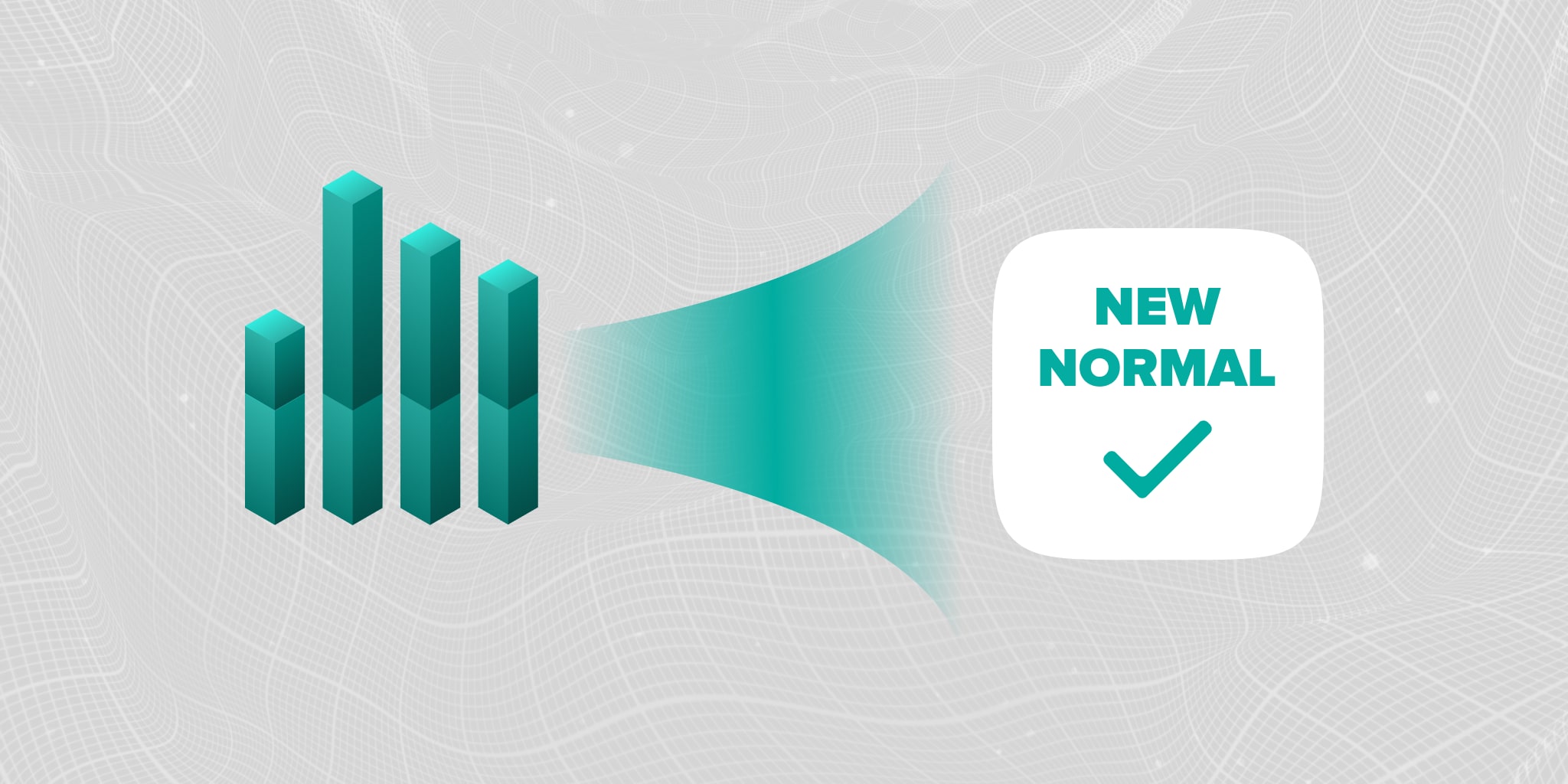
The first time that we were aware of COVID-19 was in December of 2019. Little was known about the virus and there wasn’t a lot of data to support any claims. Fast forward to the present day, we have the facts, we have the data and we have a new world. How can we leverage what we know now with analytics to help get our communities back on their feet?
In our recent webinar with intelia, we discussed the lasting impacts of COVID-19 and what we’re doing to work with new information.
Who is intelia?
Intelia is a specialist data, analytics, and intelligent automation consultancy with headquarters in Melbourne, Australia. Direnc Uysal, Chief Technologist at intelia speaks to the organization’s partnership with AtScale and how they are able to help a major utility organization client with their data management and governance initiatives as “Most organizations that we were talking to were really good at capturing and storing their data. But analyzing, understanding and being able to effectively draw insights and reporting has always come up as an issue.” Uysal shares the current implementation challenges that a client has and how they’re using AtScale to help get back to work. Challenges include: varying business logic and definitions, lack of data governance, and slow query performance.
Saying Goodbye to Traditional OLAP
“Traditional OLAP cubes do have baggage,” says Daniel Gray, VP of Solutions Engineering, at AtScale and it’s understandable as to why many think of OLAP as just a part of their past. Gray shares how AtScale’s Cloud OLAP is different “We don’t pre aggregate data. We will not take data off of your back end platforms and put it somewhere else. We use Autonomous Data Engineering™ on the compute that you already have.” With our virtual cube, you can say goodbye to the negative baggage that comes with traditional cubes. Gray also explains that “AtScale gives you the flexibility of continuing to do multi-dimensional analysis directly into any cloud data warehouse without the old school cube builds.
Getting Back to the “New Normal”
“The end user doesn’t need to know about the complexities of the data,” says Gray. The goal is always to make data more accessible and AtScale empowers users as they are able to see their dimensions, hierarchies, and quantitative values to start analyzing data on their own. Using multiple data sets, users are able to make correlations between economic data, transportation data, open table data and much more to determine what the world looks like as time goes by.
Working with a Universal Semantic Layer™
With the Universal Semantic Layer™, everything is in one place. Gray explains that “You don’t have to worry about the complexity of bringing data together,” and you can begin analyzing data without writing complex code from BI tools. Working with Tableau, users are empowered to define time period analysis to understand trends and define a time period analysis to see the impact of the disease over time.
With Excel and Power BI, Gray shows how data engineering is eliminated and analysis can begin immediately.
Where to, Next?
Click here to get access to our current Cloud OLAP models. Want to learn how you can perform live, multidimensional analysis on COVID-19 datasets with popular BI tools? Watch our webinar here.


SHARE
Guide: How to Choose a Semantic Layer